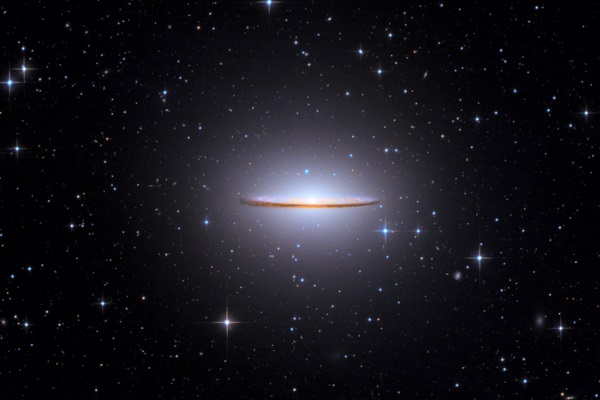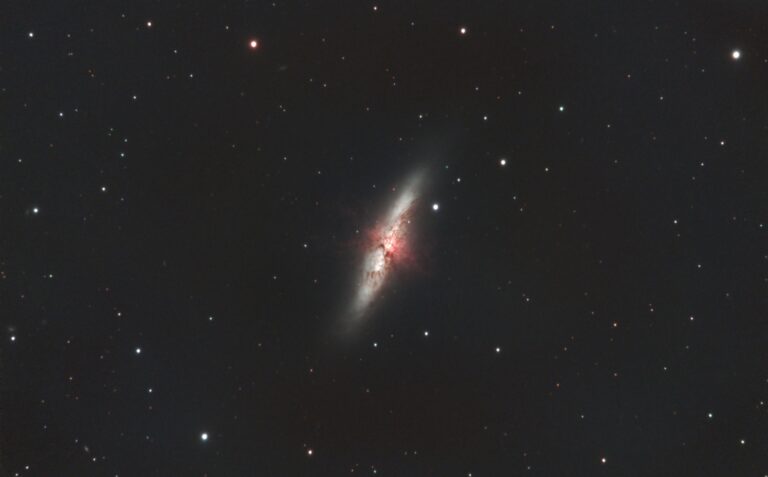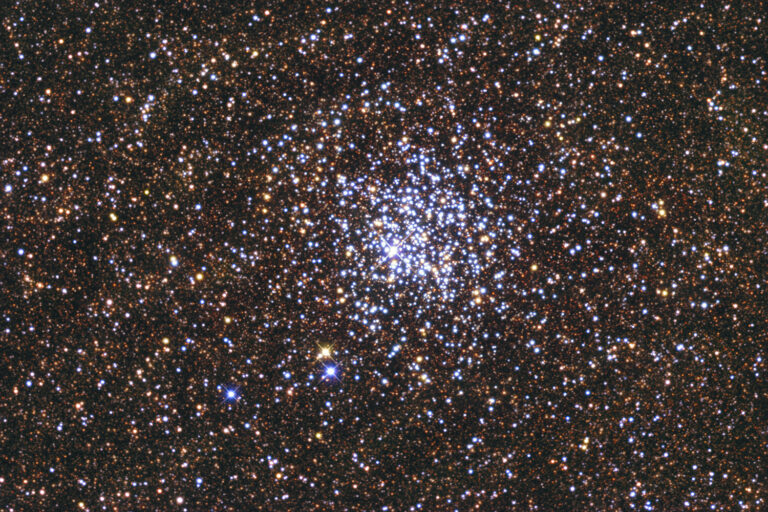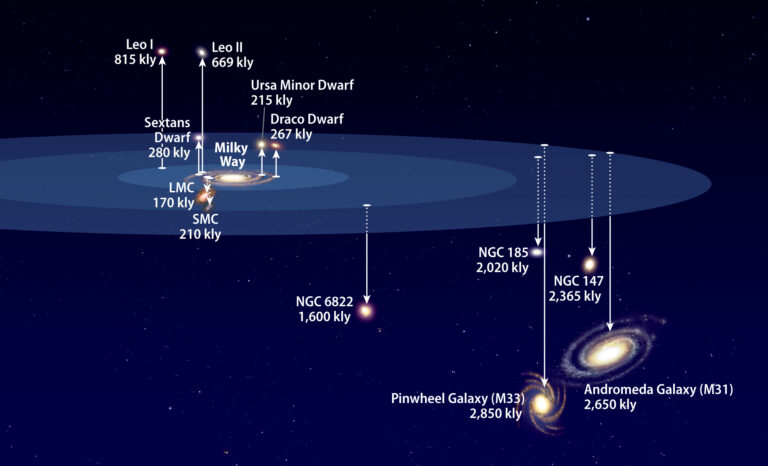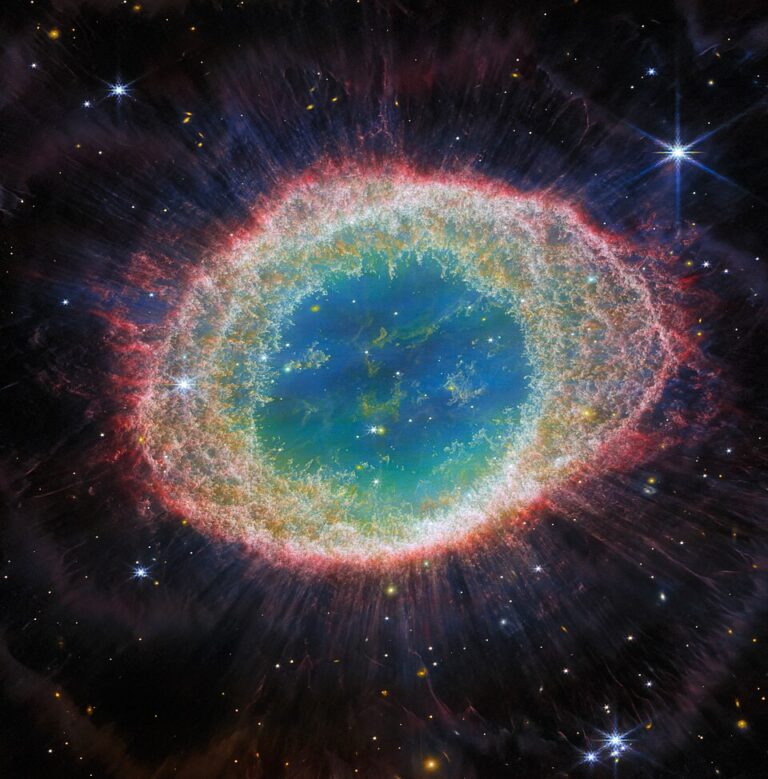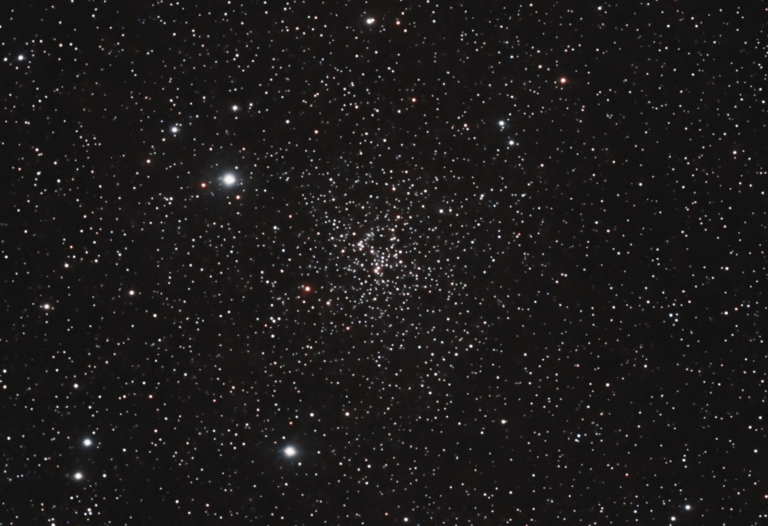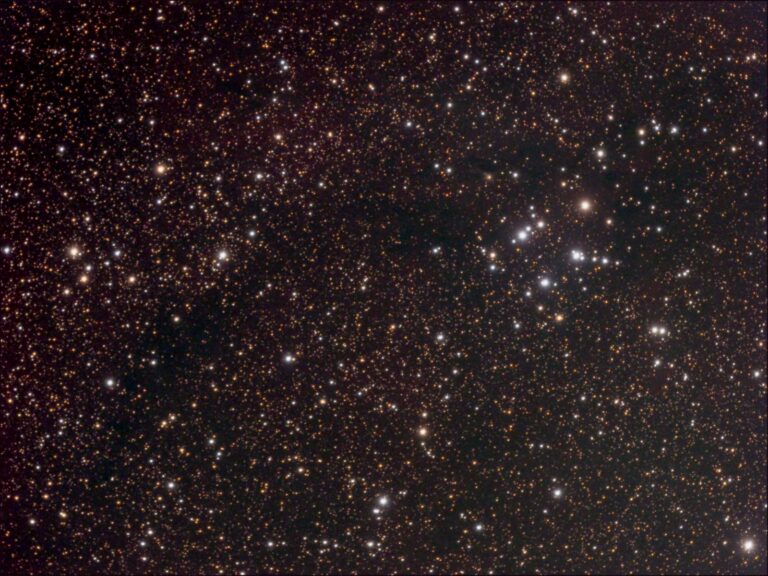Key Takeaways:
Dust is a common component of spiral galaxies. Astronomers believe this dust is carbon- or silicate-rich and no larger than 0.25 micron wide. It doesn’t dramatically affect the brightness of galaxies except in cases where they appear nearly edge-on; then, their orientation catches the maximum amount of dust. The Sombrero Galaxy (M104), named for its resemblance to the famous wide-brimmed Mexican hat, is easily the brightest edge-on galaxy with a prominent equatorial dust belt.
It is not exactly edge-on, but at 6° off, it’s very close. That 6° tilt allows us to see the nuclear region and makes the asymmetrical starry hub visible above and below the dark lane. A bright core contains a massive but quiet black hole with a billion solar masses.
M104 was discovered by Pierre Méchain in 1781. He relayed the information to his observing partner, Charles Messier, who added it to his list of non-cometary objects. But the comet observer’s more detailed thoughts on this and other higher-number objects in his list weren’t known until French astronomy-popularizer Camille Flammarion published Messier’s notes in 1921.
Designated NGC 4594 in John Dreyer’s New General Catalogue of Nebulae and Clusters of Stars, this 9th-magnitude galaxy is classified as type Sa, noted for having a large central hub in relation to its spiral arms. The arms are tightly wound and lack large HII regions. With dimensions of 8.7′ by 3.5′ at 29 million light-years distant, the Sombrero has a diameter of about 50,000 light-years — half the size of our home galaxy.
For observers who have never seen a dust belt in a galaxy, M104 is a great first target because it’s observable with modest telescopes. Under good skies, it is within reach of a 6-inch telescope. With increasing aperture, more detail is visible along the edge of the dark lane and the bright core becomes better resolved. Try observing this object with multiple apertures at a star party.
The Sombrero is easy to find, just 11° due west of Spica (Alpha [α] Virginis). It’s located in Virgo — but barely, as it sits slightly north of the border with Corvus and northeast of Eta (η) Corvi.
Make sure to explore Astronomy’s full list of 101 cosmic objects you must see. New entries will be added each week throughout 2022.
To get the latest astronomical news and observing content delivered directly to your door, subscribe to Astronomy magazine today!

